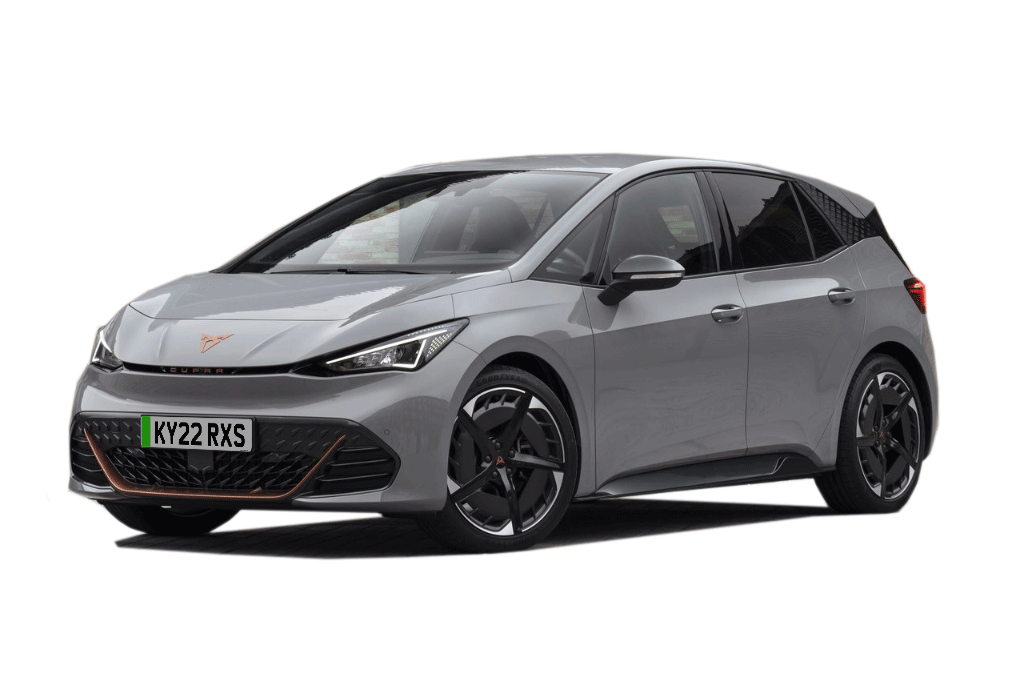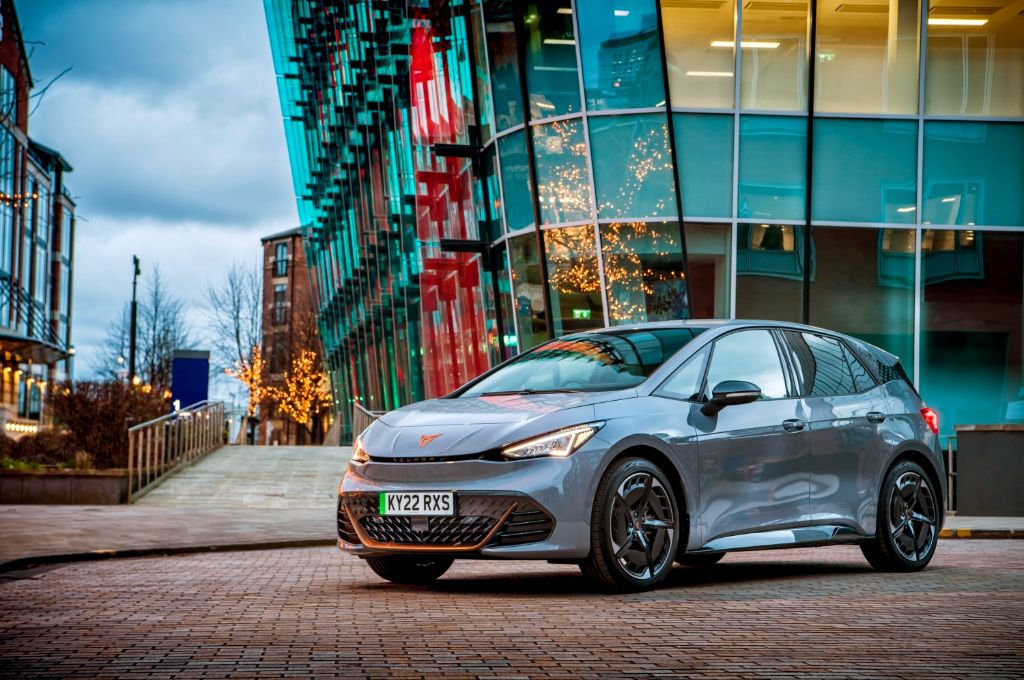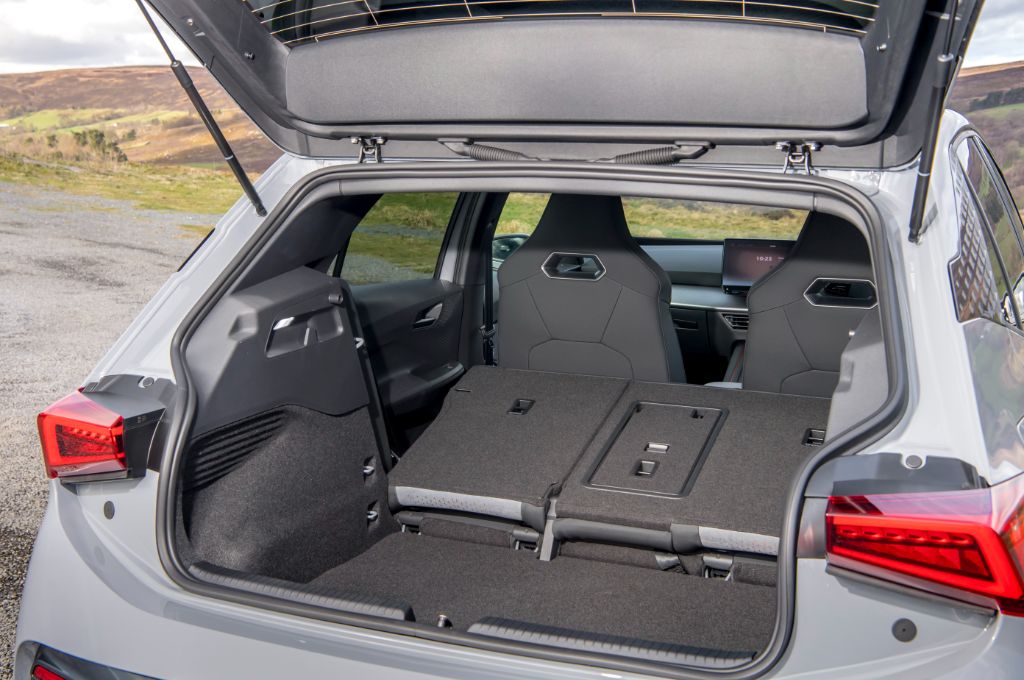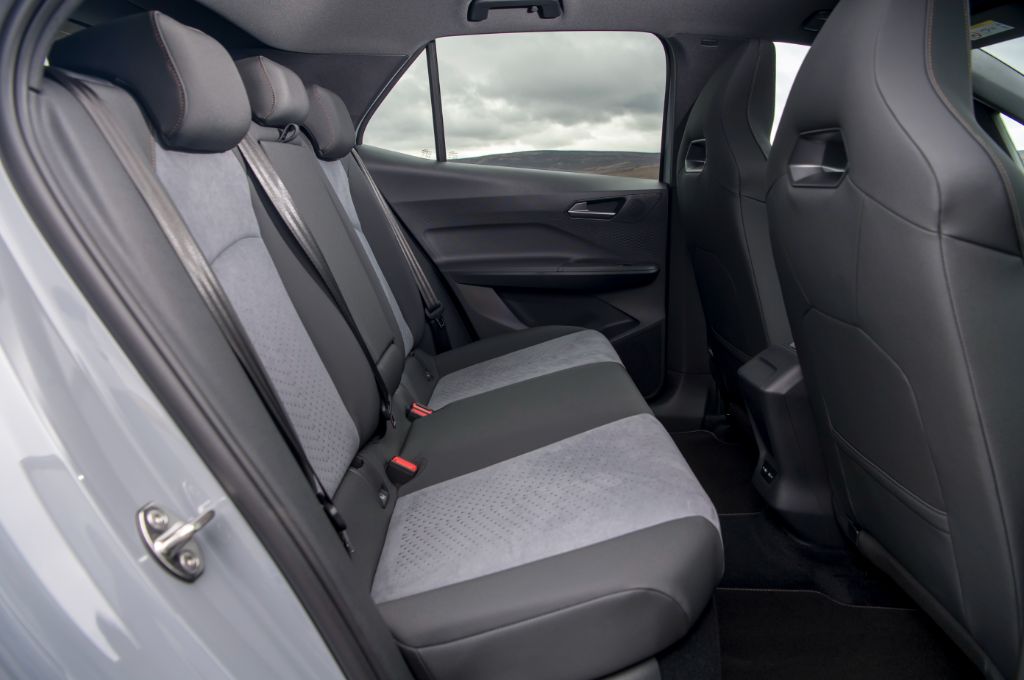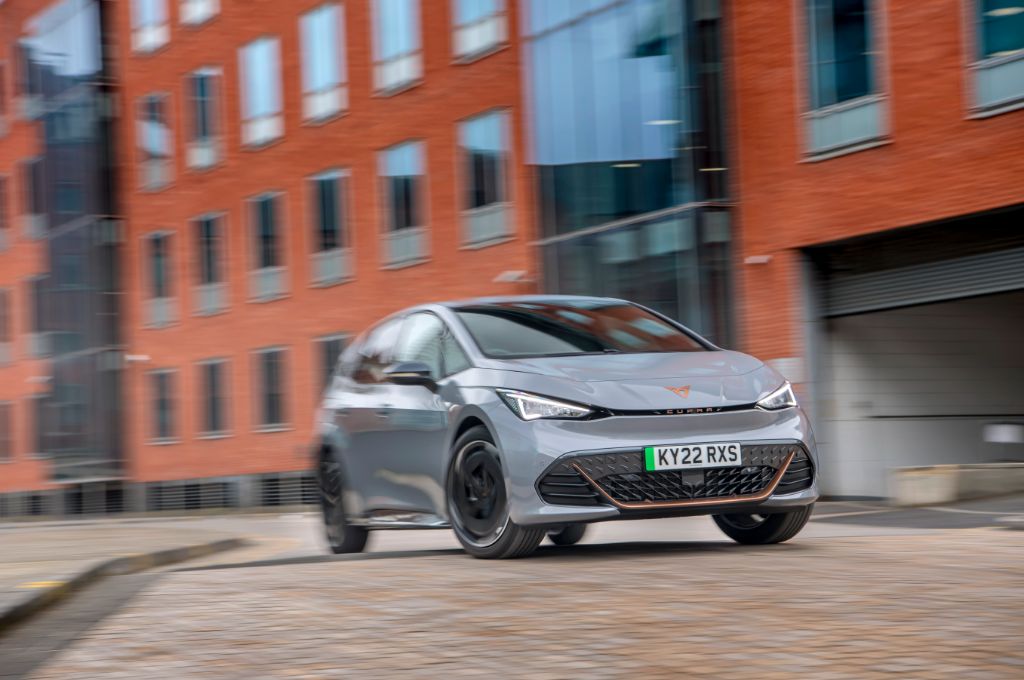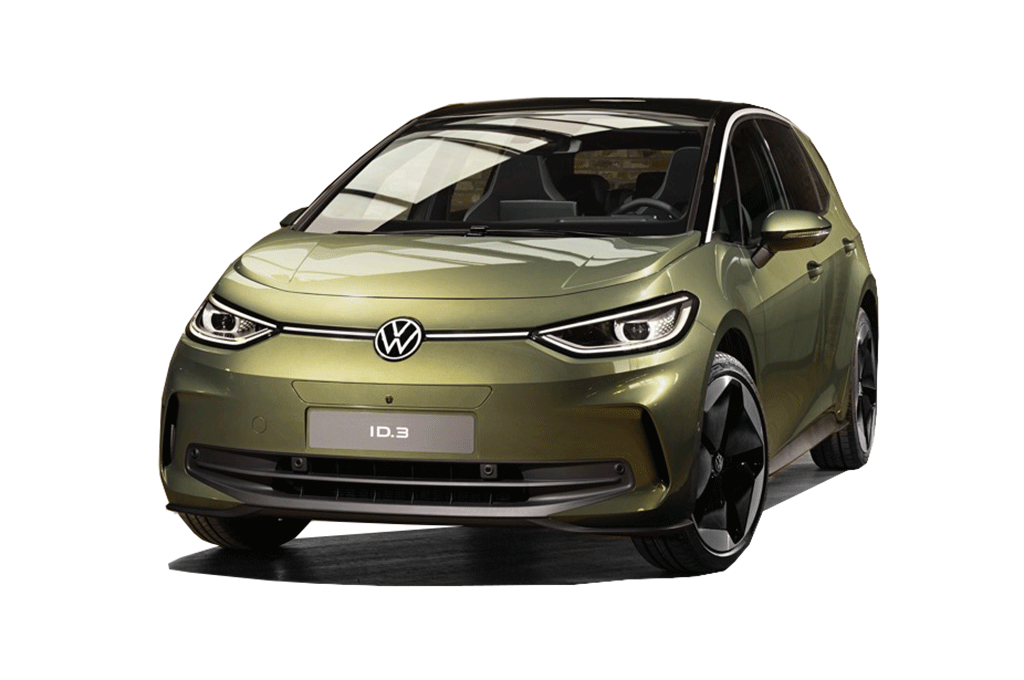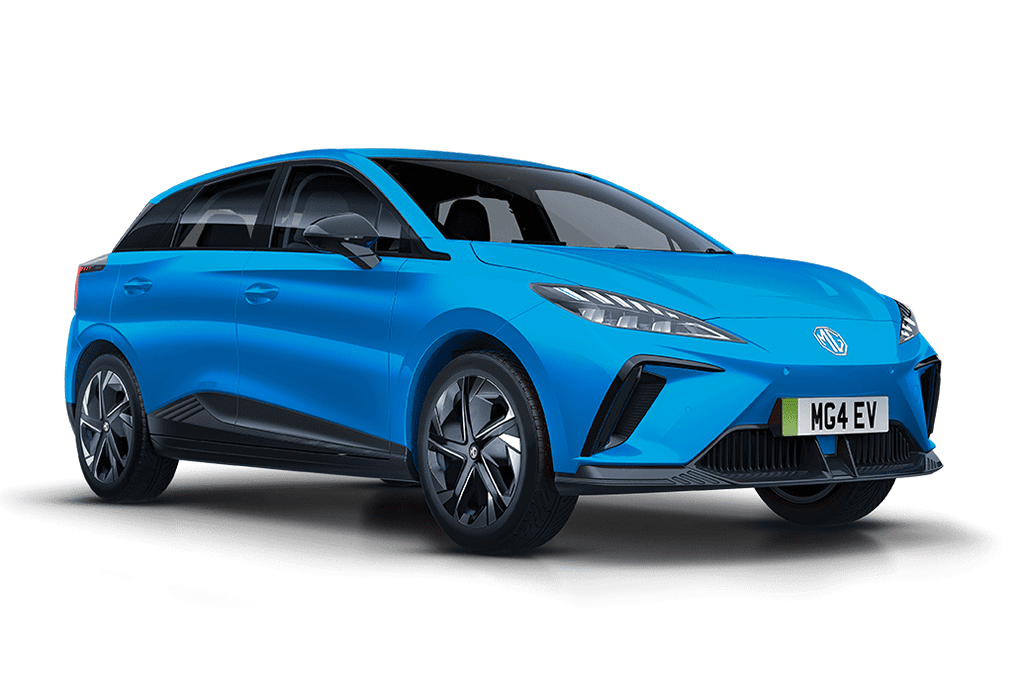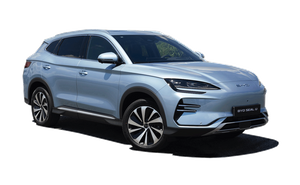Introduction
If you’re delving into the world of car buying after a few years away, you could be forgiven for thinking that there’s a new kid on the block – Cupra. And, in some respects, you’d be correct, because the Volkswagen Group (which owns SEAT, Audi and Skoda) is keen to establish Cupra as a new, youth-focused brand with attitude and a sporty brief. In reality, it’s actually a division of Spanish carmaker SEAT, which has discovered that the market for its sporty Cupra-badged models has so much potential that they warrant a badge of their own. Given the success that the brand has seen in the years it's been on sale, it's fair to say that they were right!
So that’s the back story to the Cupra brand. Now to the car. The Born is Cupra’s first all electric car (but Seat’s second after the Mii electric). If you think certain bits look familiar, that’s because it’s based on the Volkswagen ID.3.
Considering a used Cupra Born? Check out the examples for sale on Electrifying.com
What Cupra’s version deliberately adds is a sporty edge that the ID.3 doesn’t have. Look at the two together and it’s immediately apparent that the Spanish machine is leaner and meaner with a more assertive look. It’s a clever bit of design and will appeal to buyers who crave a bit more visual drama than the current crop of compact family SUVs deliver.
Speaking of space, there's 385 litres of boot room which expands to 1,267 litres with the seats folded. Unsurprisingly that's identical to its VW sister car, but what might surprise you is that the Born's boot is a little on the small side by class standards. A Renault Megane E-Tech (440 litres) and Kia Niro EV (475 litres) are much larger.
As for the Cupra’s all-important battery, performance and range figures, these largely mirror those of the ID.3. The Born is offered with three battery options; 58kWh or 77kWh (usable capacity) in the standard cars with power outputs of 201bhp and 228bhp, or 79kWh in the sporty Golf GTi-rivalling, 322bhp Cupra Born VZ. Range-wise, Cupra claims 259- to 264 miles for the 58kWh models, up to 342 miles for the 77kWh, while the bigger, 79kWh battery in the range-topping VZ eeks the WLTP range up to 366 miles.
How does it drive? Cupra’s engineers have done a decent job of sharpening up the responses, so it feels fizzy yet very accessible and easy to live with, while the VZ definitely ups the fun factor for a proper hot hatch feel. The ride on the standard Cupra Born models is firmer than on the ID.3 but is still easy living, while the VZ gets adaptive dampers for a decent blend of sportier or more relaxed ride comfort. The MG4 gets close to the Cupra's blend of fun-yet-comfortable, and the Renault Megane E-Tech is also worth looking at if you're after an engaging, electric family car, but the Cupra is the best all-rounder of the lot.
Verdict
We would stop short of calling the Born an electric hot hatch, although the VZ model does deserve that title. But there's no doubting that it's a sporty electric hatchback that has more style and character than its more straight-laced Volkswagen sister car, and it can work out cheaper, too. The Cupra Born's combination of interesting design inside and out, keen pricing and fine driving characteristics makes it one of the best electric hatchbacks.
Click through for a more in depth look at the Cupra Born's range, practicality, performance and pricing.
Like the Cupra Born? Try these...











